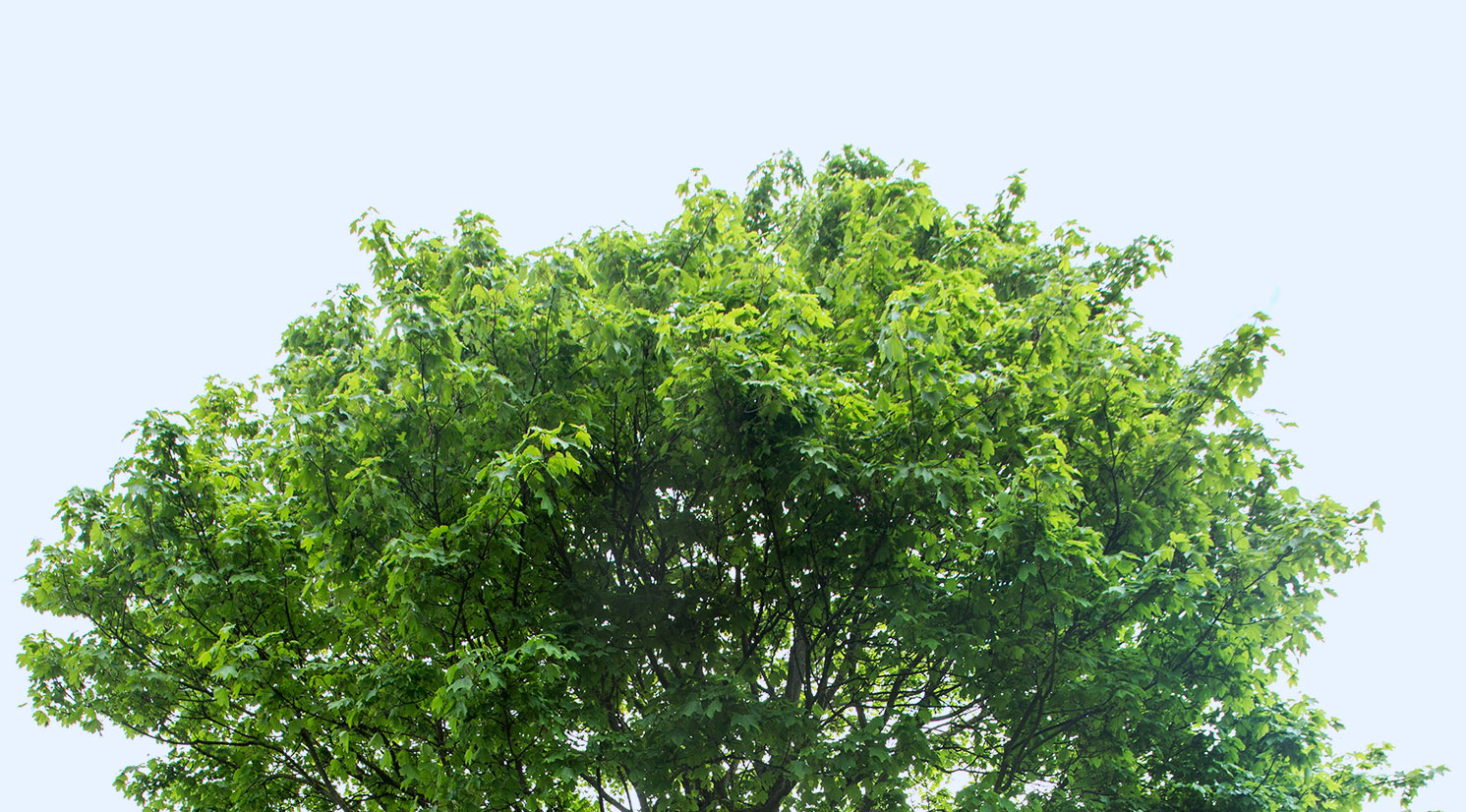By Holly Latteman, Conservation Project Manager
As temperatures start to fall, we pull out our winter jackets, gloves and scarves to participate in outdoor activities. However, how do the animals of The Arboretum stay warm? If you have been enjoying The Arboretum grounds recently and spotted a bird with a scarf, please let me know! In all seriousness, cold temperatures can provide challenges to wildlife. Techniques that species use to stay warm include participating in hibernation and conserving energy by lowering their body temperature, breathing and heart rate. Other animals will grow warmer, thicker coats to provide further insulation. While you are reaching for that wool sweater, here are examples of how animals at The Arboretum stay warm this winter.
Chipmunks: This animal will choose foods with a higher fat content in the fall in preparation for colder temperatures. The chipmunk will also cache, or store foods in areas close to their burrow. The chipmunk will leave its burrow every few days to restock on food and fat. Check out our Bird Watching Garden to look for chipmunks feeding this winter!
Squirrels: The squirrel will also feast on foods with a higher fat content in preparation for those cold winter nights. Squirrels can lower their body temperature to conserve energy, allowing for the limited food resources to last longer. Imagine only eating every few days because your meals last that long! Squirrels also rely on each other to stay warm, often sharing a den with other squirrels. On your next walk at The Arboretum, try to spot a squirrel den. Look high in the trees for a grouping of twigs and leaves.
Birds: Our feathered friends utilize many different techniques in order to stay warm. Like the chipmunk and squirrel, birds will feast on foods high in fat content like suet or black oil sunflower
seed. Birds also have ability to lower their body temperature in order to conserve energy on those cold winter nights. The feathers of birds are designed to keep them well insulated. Birds will fluff their feathers creating a pocket of warm air in their down feathers. This strategy is exactly the same as putting on a down filled jacket-utilizing body heat and insulation to stay warm and toasty! Birds can also roost together, just like the squirrel. The eastern bluebird is known for roosting in nest boxes; often multiple bluebirds will spend the night huddled together in a nest box. While enjoying The Arboretum, look towards the nest boxes to spot activity of roosting birds!
Turtles and Frogs: The cold blooded creatures of The Arboretum require less energy to survive the winter than those who are warm blooded. Turtles and frogs will lower their body’s metabolism and heart rate then burrow under a mud layer. The warmer temperatures and sun will then wake these animals to enjoy the new season of spring.
We hope you bundle up and enjoy all that The Dawes Arboretum has to offer this winter season!

